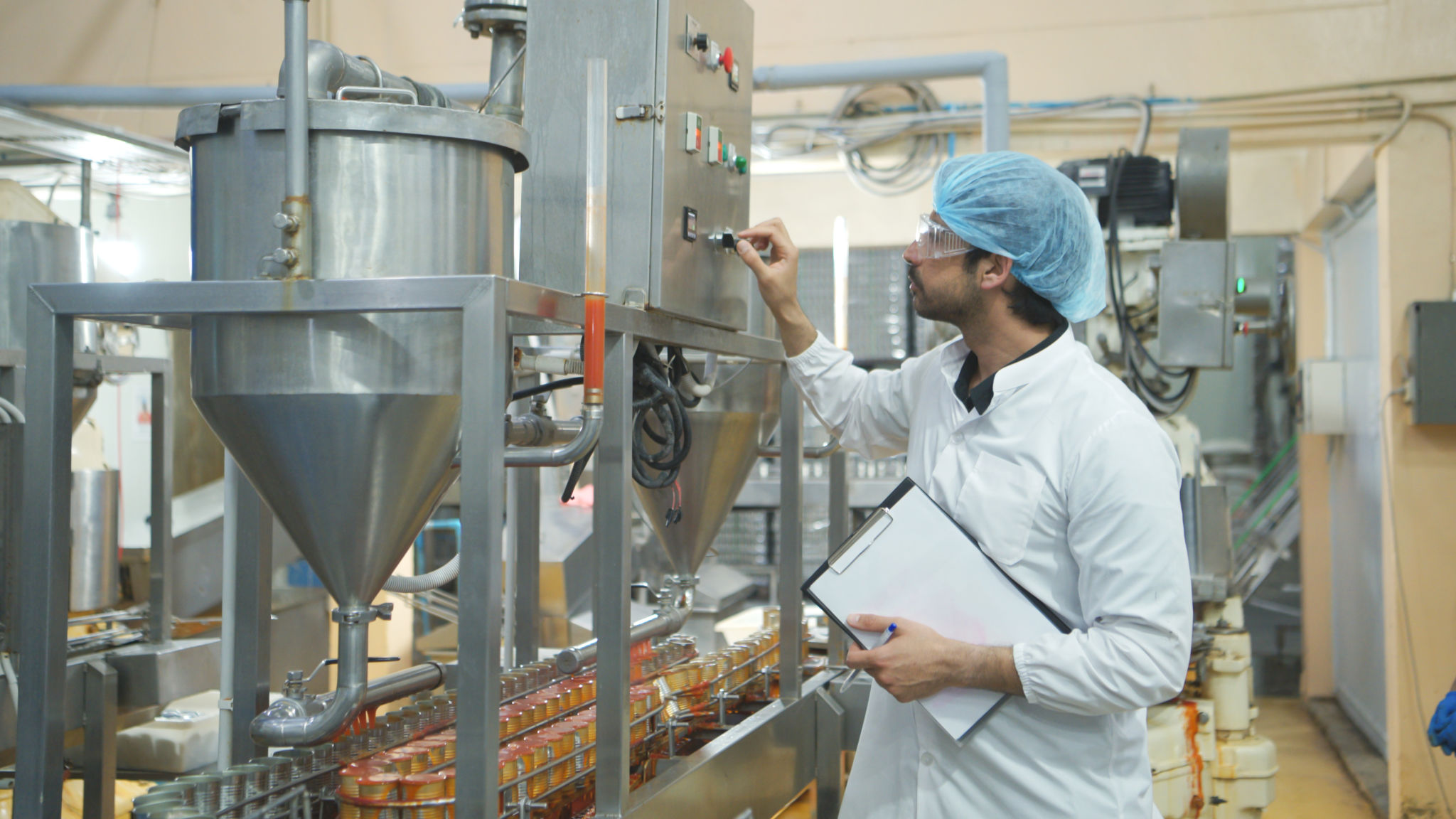Seasonal Trends in High Pressure Processing: Preparing for Peak Production
Understanding High Pressure Processing (HPP)
High Pressure Processing (HPP) is a non-thermal food preservation method that employs high pressure to inactivate microbes and extend shelf life. This technique is particularly favored in the food industry for its ability to retain the nutritional value and sensory properties of food products. As consumer demand for fresh and minimally processed foods increases, HPP has become an essential process for many producers.
With the advent of seasonal trends, businesses utilizing HPP need to prepare adequately for peak production periods. Understanding these trends and adopting best practices can significantly impact efficiency and profitability.

Identifying Seasonal Trends
Seasonal trends in HPP often coincide with increased consumer demand during holidays and major events. For instance, the summer months may see a spike in demand for fresh juices, while the holiday season might boost the need for processed meats and ready-to-eat meals. Identifying these patterns allows companies to anticipate demand and optimize their production schedules accordingly.
Analyzing historical data can provide valuable insights into these trends. Companies can leverage past sales data, market reports, and consumer feedback to predict future demand more accurately. This proactive approach helps in aligning production capacity with market needs.
Optimizing Production Capacity
Once seasonal demand patterns are identified, the next step is optimizing production capacity. This may involve scaling up operations, streamlining workflows, or even investing in additional HPP units to meet increased demand. Businesses must ensure that their production facilities are equipped to handle peak periods efficiently.

Additionally, workforce management plays a crucial role during peak seasons. Hiring temporary staff, providing adequate training, and ensuring that existing employees are well-prepared can help maintain productivity levels without compromising product quality.
Ensuring Quality Control
During peak production, maintaining stringent quality control measures is vital. The high volumes processed during these times can increase the risk of errors, making it essential to adhere closely to safety standards and protocols. Regular equipment maintenance and calibration should be prioritized to prevent unforeseen breakdowns that could disrupt operations.
Implementing advanced monitoring systems can assist in tracking production parameters and ensuring compliance with industry standards. These systems provide real-time data, allowing operators to make informed decisions swiftly.

Sustainability Considerations
Sustainability is becoming an increasingly important factor in consumer decision-making. As such, companies should explore eco-friendly practices within their HPP operations. This might include reducing energy consumption, minimizing waste, and sourcing sustainable packaging materials.
By adopting sustainable practices, businesses not only appeal to environmentally conscious consumers but also potentially reduce operational costs in the long run. Additionally, these efforts can enhance brand reputation and foster customer loyalty.
Preparing for Future Trends
As technology advances and consumer preferences evolve, staying ahead of future trends is crucial. Investing in research and development can help businesses innovate and adapt to changing market dynamics. This might involve exploring new applications for HPP or enhancing existing product lines with innovative features.
Regularly engaging with industry experts, attending trade shows, and participating in professional networks can also provide valuable insights into emerging trends and technologies.
Conclusion
Preparing for seasonal trends in High Pressure Processing requires a strategic approach that involves understanding demand patterns, optimizing production capacity, ensuring quality control, adopting sustainable practices, and anticipating future trends. By implementing these strategies effectively, businesses can navigate peak production periods smoothly and capitalize on market opportunities.
